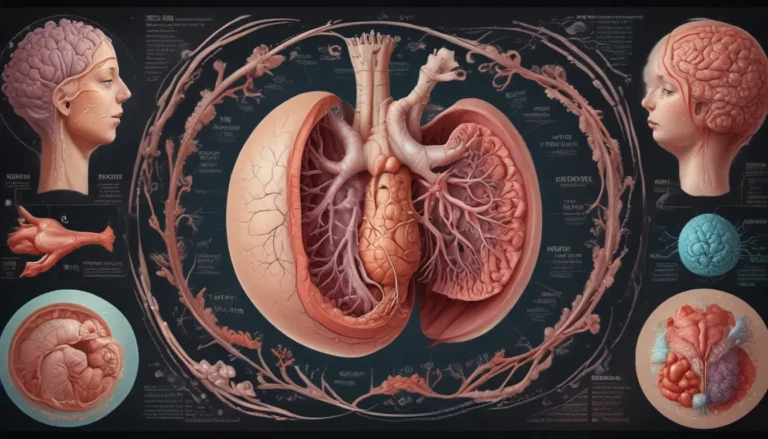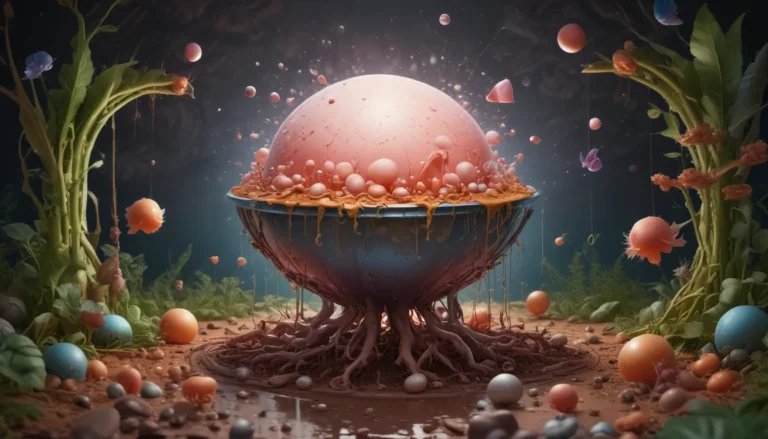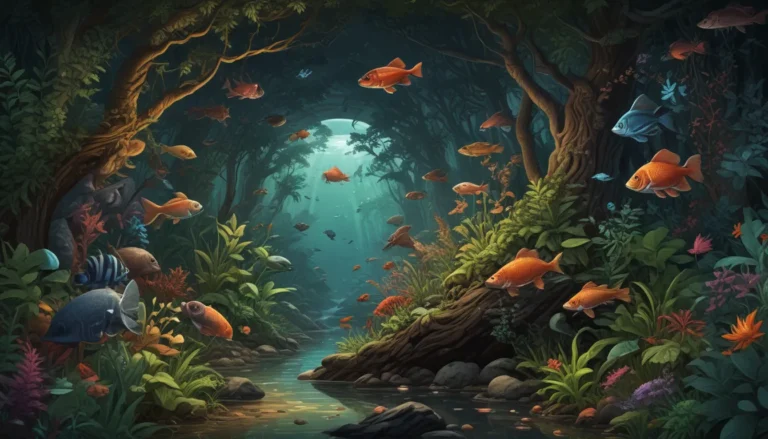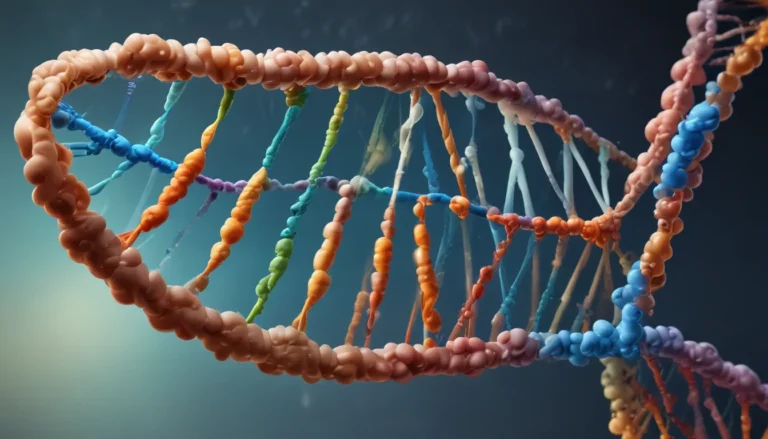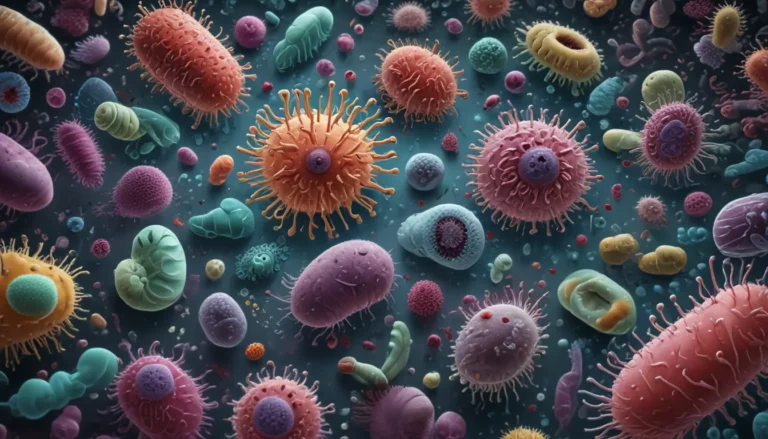A Note About Images: The images used in our articles are for illustration purposes only and may not exactly match the content. They are meant to engage readers, but the text should be relied upon for accurate information.
Welcome, curious minds, to the realm of eutrophication – a captivating yet concerning environmental phenomenon that demands our attention. From the peaceful lakes to bustling rivers, and serene coastal regions, water bodies worldwide are facing a silent threat known as eutrophication. In this enlightening journey, we will unravel the mysteries behind this process, uncovering its causes, impacts, and potential solutions. So, fasten your seatbelts and prepare to embark on an educational voyage through the world of eutrophication!
Understanding Eutrophication: A Human-Made Predicament
Eutrophication, driven by human activities, is the excessive enrichment of water bodies with nutrients, primarily nitrogen and phosphorus. These nutrients, arising from sources such as agriculture, sewage, and industrial waste, fuel the rapid growth of algae and aquatic plants, disturbing the delicate balance of aquatic ecosystems.
The Culprits: Nitrogen and Phosphorus Reign Supreme
High levels of nitrogen and phosphorus act as the primary players in the eutrophication drama, stimulating the proliferation of algae and other aquatic plants. This excessive growth sets the stage for a cascade of events that ultimately disrupt the aquatic ecosystem.
The Algal Bloom Spectacle: Nature’s Unwelcome Show
Eutrophication often culminates in the spectacular yet harmful phenomenon of algal blooms. These vibrant mats of algae blanket the water surface, a visual representation of the ecosystem’s distress signal.
The Ripple Effects of Eutrophication: Impacts on Aquatic Life and Beyond
As the story of eutrophication unfolds, its consequences come to light, painting a bleak picture of its effects on aquatic life, marine ecosystems, and even human health and economies.
Algal Blooms: Beauty with a Dark Side
While algal blooms captivate with their colorful display, their decay initiates a dangerous chain reaction. Depleting oxygen in the water, these blooms create hypoxic or anoxic conditions that threaten the lives of fish and other organisms.
Dead Zones: A Silent Tragedy Unfolds
Eutrophication-induced dead zones, devoid of oxygen, emerge as grim testaments to the impact of nutrient overload. The Gulf of Mexico’s vast dead zone, stretching over 6,000 square miles, stands as a stark reminder of this environmental crisis.
The Great Barrier Reef’s Battle: A Story of Survival
Even the majestic Great Barrier Reef is not immune to the clutches of eutrophication. Fertilizer runoff threatens the delicate balance of this natural wonder, contributing to coral bleaching and decline.
Economic Ripples: The Toll of Eutrophication
The economic repercussions of eutrophication reverberate through communities dependent on aquatic ecosystems. Loss of fish populations, dwindling tourism, and heightened water treatment costs weigh heavily on economies grappling with this environmental menace.
Root Causes and Remedies: Navigating the Path to Restoration
Amidst the gloom of eutrophication lies a ray of hope – a pathway towards prevention, restoration, and sustainable coexistence with our aquatic environments.
Agricultural Contributions: A Call to Action
Agricultural practices play a significant role in exacerbating eutrophication through nutrient-laden runoff. By addressing this source, we can take a vital step towards safeguarding our water bodies.
Climate Change’s Hand: A Complicating Factor
The looming shadow of climate change intensifies the effects of eutrophication, amplifying nutrient runoff and algal blooms. Addressing this interplay is crucial in tackling this environmental challenge.
Nutrient Management: A Recipe for Recovery
Implementing nutrient management plans, such as reducing fertilizer use and enhancing sewage treatment, offers a beacon of hope in the battle against eutrophication. These strategies pave the way for mitigating nutrient runoff and restoring balance to aquatic ecosystems.
Public Awareness: Empowering Change
Educating communities about the causes and consequences of eutrophication empowers individuals to take action. By fostering widespread awareness, we can mobilize collective efforts to combat this environmental threat.
Sustainable Practices: Guardians of Aquatic Health
Embracing sustainable land and water management practices emerges as a linchpin in preventing eutrophication. From responsible farming techniques to conscientious waste management, these practices hold the key to preserving the vitality of our water resources.
In the Realm of Eutrophication: A Call to Action
These revelations into the intricacies of eutrophication beckon us to action, urging us to embark on a journey of proactive measures and informed decisions. By comprehending the inner workings of this environmental challenge, we equip ourselves to steer towards a future where our aquatic ecosystems thrive.
FAQs: Insights Into Eutrophication
- What fuels eutrophication?
-
Eutrophication thrives on the excess influx of nutrients into aquatic ecosystems, originating from diverse sources like agriculture, sewage systems, and fertilizer runoff.
-
How does eutrophication impact ecosystems?
-
The ramifications of eutrophication include harmful algal blooms, oxygen depletion, and a decline in aquatic species. Additionally, it leads to economic losses and diminished water quality.
-
Is eutrophication reversible?
-
While daunting, eutrophication can be reversed through diligent nutrient management and restoration efforts. However, the restoration process may span years, depending on the severity of the eutrophication.
-
Can eutrophication affect human health?
-
Eutrophication indirectly impacts human health through the contamination of drinking water sources by harmful algal blooms. Additionally, oxygen depletion in water bodies poses risks to fishing communities.
-
How can we combat eutrophication?
- Preventing eutrophication necessitates embracing sustainable agricultural practices, efficient wastewater management, and reducing nutrient-rich substances. Public awareness and education are also pivotal in addressing this environmental issue.
Epilogue: A Journey Towards Aquatic Harmony
As we bid adieu to the enthralling world of eutrophication, let us carry forth the knowledge and insights garnered on this expedition. Armed with an understanding of its complexities, let us unite in our commitment to safeguard our precious aquatic ecosystems. Together, let us script a narrative of resilience, restoration, and reverence for the watery realms that sustain life on our planet.

